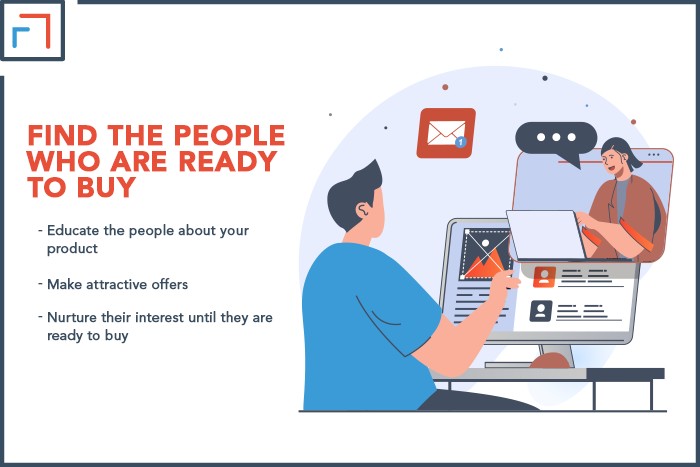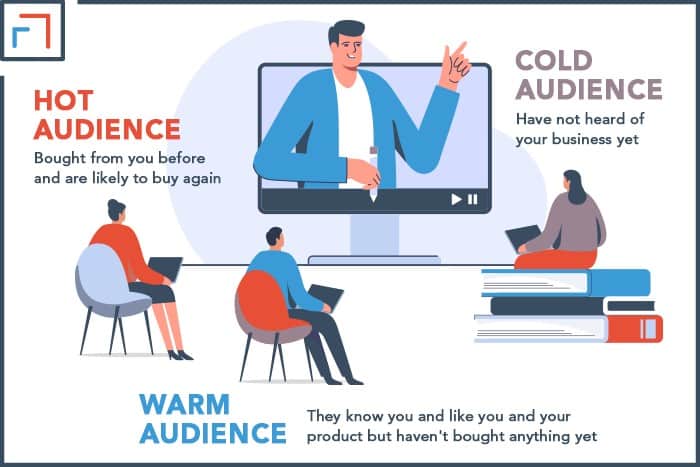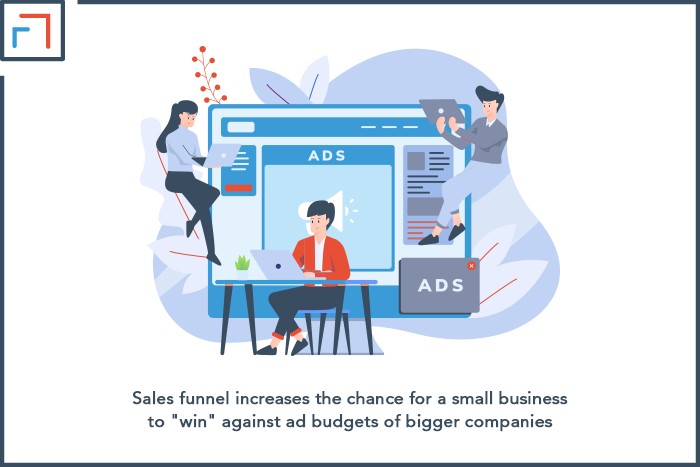It can be hard to find new customers, and sometimes even the best marketing attempts fall short. In addition, there is a lot of competition, and advertising costs continue to rise. If you want to overcome these issues, the best response might be to create a sales funnel.
A sales funnel works because it focuses on targeted advertising that reduces customer acquisition costs. It’s designed to convert the highest number of leads into paying customers. You take a large group of people and narrow them down until you have a smaller group of devoted customers.
Understanding the principles behind sales funnels might be confusing at first, but once you grasp the concepts that come into play, it will be clear why this marketing strategy is so effective.
How and Why a Sales Funnel Works?
The one big mistake many business owners make when it comes to getting clients is trying to get a sale without first providing any kind of value to their audience.
This way of doing business hurts them in the long term because it reduces the chances of:
- Prospects becoming customers
- Customers coming back later
If you are selling a $50 product to a broad audience, you would need a big advertising budget.
This is because trying to find ‘ready to buy’ customers among all of those people.
If you spread yourself too thin, you will raise advertising costs to the point where they are higher than the price of your product.
Picking a smaller, more targeted audience is better than blasting out the same generic message to a massive audience.
A sales funnel helps to narrow down the people who are most likely to become paying customers.
1. Sending People Through The Funnel
What if you took the same broad audience and you got the attention only from the people who might be interested in what you are selling.
Remember, you are not selling to these people at this point.
Instead, you want to say, do, or offer something that would be irresistible only to people that could potentially buy your product. These are your prospective buyers.
These offers might be in the form of some free information that’s of interest to them, a consultation, or even a free trial of your products.
It doesn’t really matter what it is as long as it attracts only prospective buyers.
As you are not selling anything yet, it won’t cost you nearly as much to gather an audience at this stage.
So while you won’t see a return on your advertising investment immediately from the people who have engaged, you have now created a list of prospects that you can focus on in the later stages.

Making The First Pitch
Now it’s time to find the people who are ready to buy from the initial list. To do this, you have to:
- Educate the people on your list about your product.
- Make attractive offers.
- Nurture their interest until they are ready to buy.
At the end of this process, you will have a group of customers who are likely to buy from you multiple times.
It’s important to note that you should strive to build good rapport with people who have made a purchase.
Making a good impression on them will help them remember you for their needs in the future. This is how you get a loyal client!
2. The 3 Kinds of Audiences – Speaking To Each Segment Of Your Funnel
Understanding the three kinds of audiences will let you guide prospects through the funnel with the right goals and expectations in mind.
Sales funnel make open feedback possible. If you target your efforts well, you can convert the maximum number of people without wasting time or money.
Cold Audience
A cold audience is a group of people who have a problem they want to solve but have not heard of your business yet.
When you communicate with a cold audience, you have to do two things:
- Get their attention
- Present something valuable that is related to their problems
Warm Audience
A warm audience is a group of people who know and like you and your product but haven’t bought anything yet.
Your marketing messages to this audience have to achieve two things:
- Gaining their trust by educating them.
- Nurturing them towards a buying decision.
Hot Audience
A hot audience is a group of people who have bought from you before and are likely to buy again. The marketing messages you send to this audience should:
- Encourage them to buy again.
- Provide the highest amount of value and move them into your different catalog of products.
You must communicate the right message at the right time or risk confusing your prospects.
If people are confused or feel like they are getting irrelevant information, they will turn away from your business.
They will probably say no if you present a high-value offer to the wrong audience (by offering high-priced goods to a cold audience).
Similarly, if you ramble for too long to an audience that’s ready to buy (by educating a hot audience on your product), they will also probably say no.
Understanding your audiences is the key to knowing what your prospects want and when they want it.

Using Sales Funnels to Get New Customers
Finding new customers is not an easy task for any business.
As business owners, we know how painful it is to invest in advertising with the hopes of getting new customers through the doors.
So often, we just end up with an advertising bill and nothing to show for it but a couple of messages (if that!).
When we see the numerous ads on the internet, TV, and radio, it’s easy to assume that only the biggest brands can afford to attract customers via advertising.
With the huge number of competitors out there, is there even a chance for a small business to ‘win’ against bigger companies with deeper pockets? As it turns out, there is!
A sales funnel is a marketing tool/strategy that sometimes allows you to break even (and maybe even make a profit) on advertising costs.
For example, let’s say you sell a $20 product and the average customer sticks around for a year.
Sales funnels allow you to recoup your advertising costs by getting that first customer to buy something else from you and then getting them to come back again and again.
Sales funnels are built around the idea of guiding customers through a series of ‘steps’ where they will be exposed to relevant messaging and actions depending on how close they are to becoming a paying customer.
There are different strategies that marketers will use at different levels to engage with potential clients.

A Great Sales Funnel KNOWS its Audience
A proper sales funnel is a powerful marketing tool for any business that’s trying to bring in new customers.
I’ve given detailed insights into how every business needs a sales funnel in my article.
Once you internalize the concept of speaking to the 3 audiences and begin to apply it to your funnel strategy, you will see how easy it is to convert a cold audience into clients.
Start by filling your sales funnel with the right prospects, then build authority and nurture those relationships until they become clients.
Lastly, keep providing value and encourage them to buy more in the future!
